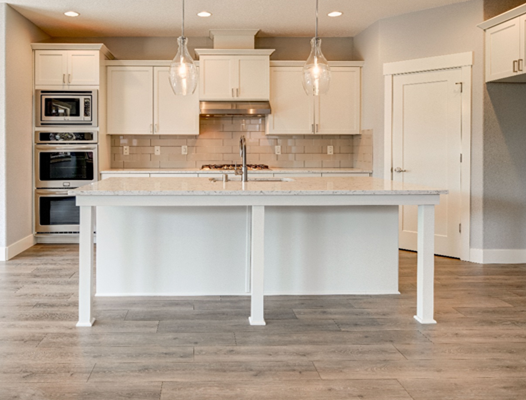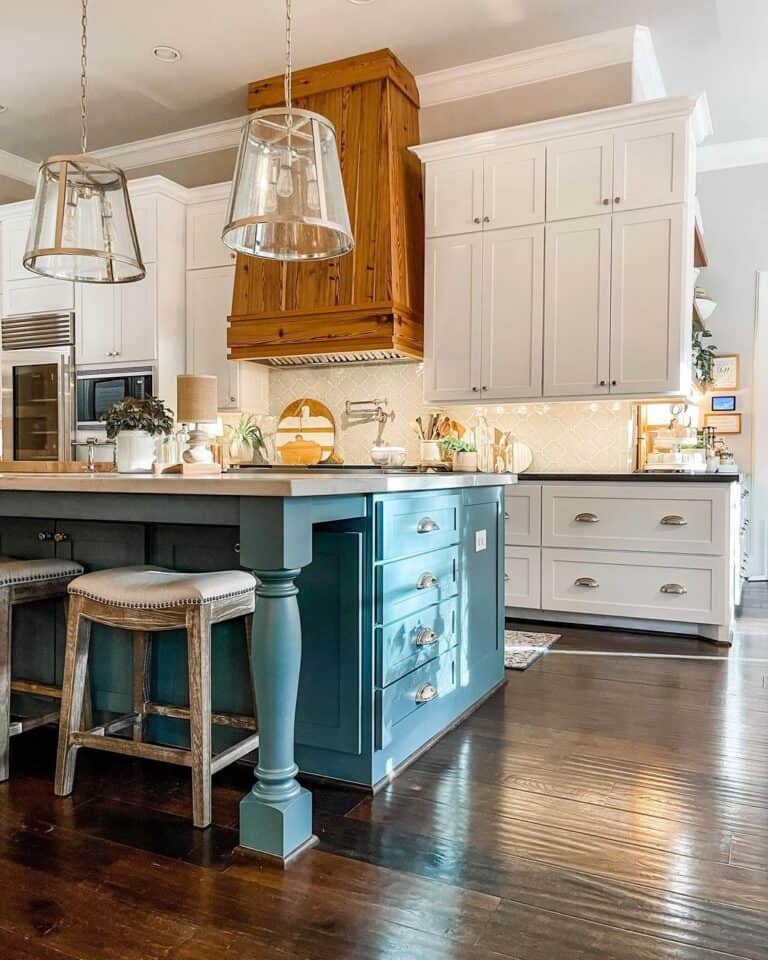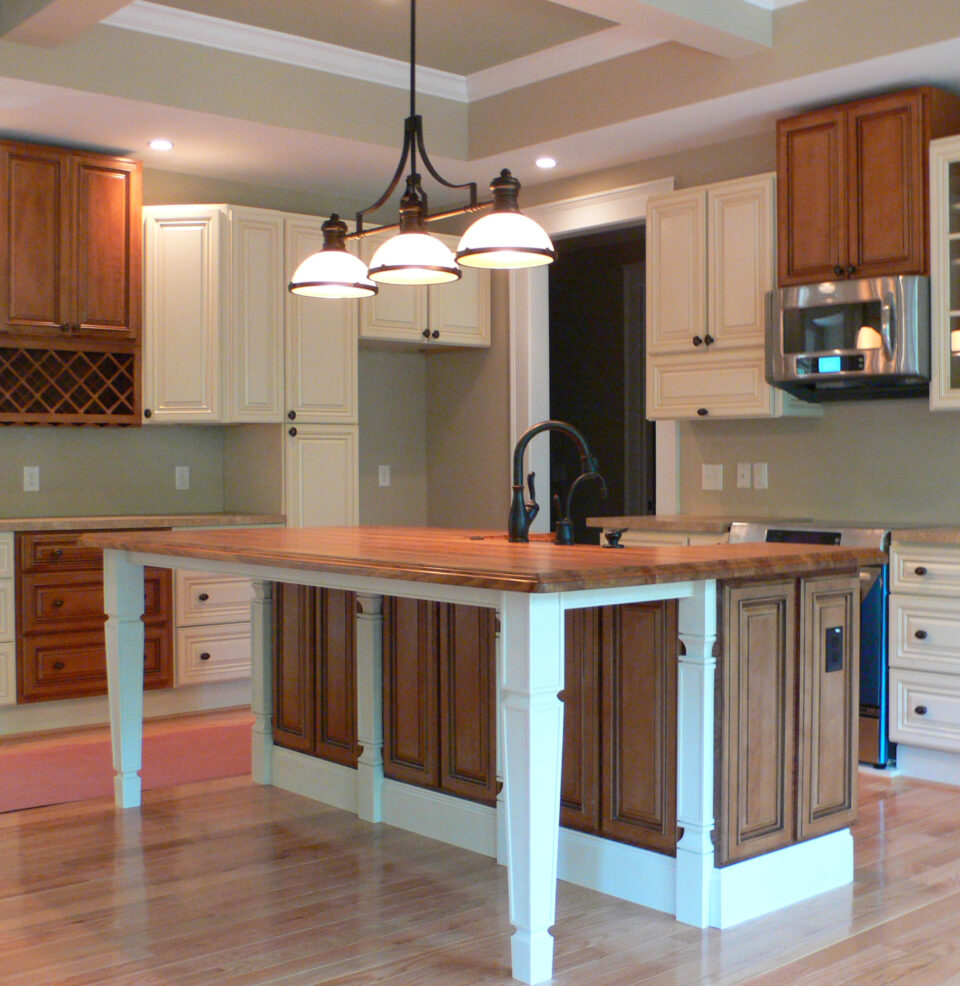Special Kitchen Island Legs for a Personalized Kitchen Look
Special Kitchen Island Legs for a Personalized Kitchen Look
Blog Article
Vital Tips for Choosing the Perfect Table for Your Kitchen Area
Selecting the best eating table for your kitchen is even more than simply an issue of preference; it requires a comprehensive understanding of your space and demands. The shape of the table plays a crucial duty; while rectangle-shaped tables fit bigger locations, rounded ones foster affection, and extendable options offer adaptability. The table ought to harmonize with your kitchen's aesthetic appeals and suit your family members pleasantly.
Procedure Your Area
Picking the excellent eating table begins with a thorough analysis of your offered space. This fundamental action guarantees that the table not just fits easily within the room but additionally matches the general design and performance of your dining location. Begin by determining the measurements of the area, taking into consideration entrances, windows, and any type of existing furnishings. This will certainly aid you establish the optimum permitted size for your table.
Think about the circulation of movement around the table. It is necessary to leave sufficient room for chairs to be drawn out and for individuals to relocate around the table without blockage. A general guideline is to enable a minimum of 36 inches of clearance from the edge of the table to the closest wall surface or furniture piece. This ensures ease of accessibility and convenience throughout dishes.
Furthermore, consider the number of individuals you generally captivate and whether you need extra space for guests. Selecting an extendable table can provide adaptability, allowing you to fit differing numbers of restaurants. By accurately determining your area, you prepared for choosing a dining table that improves both the aesthetic appeals and functionality of your dining area.
Select the Right Forming

On the various other hand, round tables are outstanding for smaller sized kitchen areas or intimate gatherings, as they advertise conversation by permitting everyone to deal with each other. They likewise give a feeling of comfort and can fit well in tighter rooms as a result of their absence of sharp edges. Oblong tables offer the most effective of both worlds, combining the length of rectangular tables with the intimacy of rounded ones, making them functional for numerous setups.
Square tables are an additional choice, especially fit for square-shaped rooms. They develop a balanced and contemporary look, fostering an equivalent dining experience for all seated.
Product Considerations
When choosing a dining table, product factors to consider are extremely important in establishing the table's resilience, upkeep requirements, and overall visual. Wood is a traditional option, offering ageless appeal and effectiveness.
Glass-topped tables give a modern-day, smooth look and can make a room show up larger because of their openness. However, they need frequent cleansing to avoid fingerprints and smudges. Furthermore, toughened up glass is advised for its added toughness and security.

Finally, composite materials like MDF (Medium-Density Fiberboard) or plywood are economical alternatives. These products can resemble the look of strong wood but may not provide the very same durability. They are usually less complicated to clean yet can be at risk to water damages otherwise effectively secured.
Eventually, the option of product should align with your kitchen area's design, your lifestyle requires, and your budget restraints. (kitchen island legs)
Seats Ability and Convenience
How do you determine the appropriate seats ability and comfort for your table? This important action involves analyzing both the physical room readily available in your cooking area and your house's practical needs. Begin by measuring your kitchen location to guarantee the table fits conveniently, permitting at least 36 inches of clearance around it for easy motion. Consider the variety of individuals that commonly dine together, as this will certainly influence the table size. For a household of 4, a rectangle-shaped table of 48 inches long or a round table with a 48-inch size is typically enough.
The height of the table need to ideally be around 30 inches, providing a balanced ergonomic navigate to this website stance for seated restaurants. Chairs need to have a seat height of 18 to 20 inches to make certain a comfortable dining position.
Style and Visual Appeal
Choosing a table that fits your design and appearance entails balancing individual preference with the existing design of your dining room. The eating table is typically the focal point of the kitchen, and its layout needs to enhance the overall style of the space. Whether your kitchen flaunts a modern-day, minimalist look or a rustic, farmhouse charm, the table you select should integrate with these aspects to produce a natural and welcoming ambience.
Think about products thoroughly; wood uses an ageless appeal and can vary from rich mahogany for a standard seek to lighter oak for a contemporary feeling. Steel and glass tables, on the various other hand, can present a smooth, commercial side to your kitchen area. Do not forget the table's form-- rectangular tables are flexible and traditional, while round and oval browse around this web-site choices can cultivate an extra intimate dining experience.
Furthermore, pay close interest to coatings and information. A distressed surface may include personality and heat, whereas a shiny surface can add to a clean, modern-day visual. Ultimately, your table need to not only healthy perfectly right into your kitchen area's style but additionally show your individual design, raising the room both functionally and visually.
Final Thought
Finally, picking the perfect eating table for a kitchen area demands careful analysis of room, form, material, seating capability, and aesthetic consistency. Making certain a minimum clearance of 36 inches promotes comfy motion, while the choice of form enhances spatial characteristics. Material option impacts durability and style, making it critical to line up with the kitchen area's general visual. Eventually, a well-chosen eating table cultivates an inviting atmosphere and fits the family pleasantly, thus enhancing the eating experience.

When picking a dining table, product factors to consider are critical in identifying the table's longevity, maintenance needs, and overall aesthetic. For a household of four, a rectangle-shaped table of 48 inches long or a round table with a 48-inch size is typically enough.
Do next not neglect the table's shape-- rectangular tables are versatile and timeless, while round and oblong alternatives can cultivate an extra intimate dining experience. kitchen island legs.
Report this page